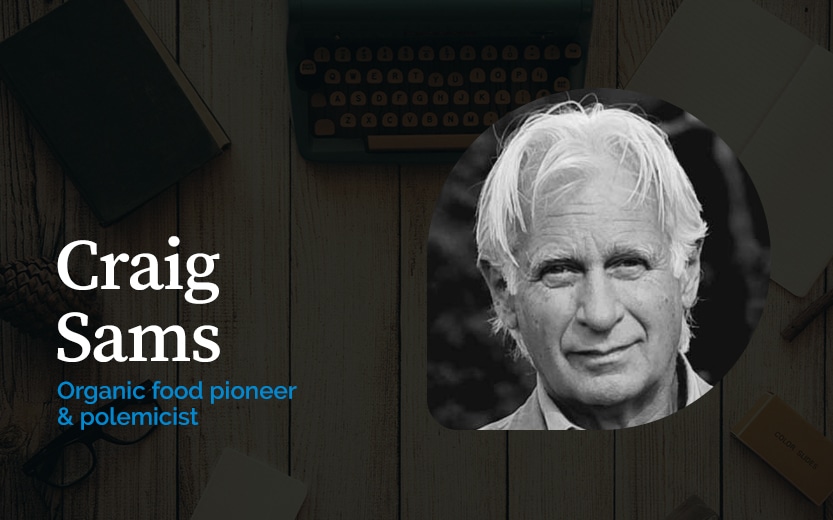As Rainbow Warrior III sets sail Craig Sams congratulates Greenpeace on being a pain in the bum for evildoers the world over
In 1977 Greenpeace organised a ‘Save the Whales’ rally in Kensington Gardens. Spike Milligan came over to rally the troops with a quirky but passionate speech. We sat on the grass to listen and many people ended up soiled by dogshit. This was just inside the park gates where dogs would dump as soon as they were let loose on the grass. In those days people never cleaned up their dog mess. What’s more dog food was usually made with whale meat. The irony of the moment was not lost on us and I couldn’t help thinking, darkly, that ‘what goes round comes round.’
A few months later in a debate against Jilly Cooper on LBC Radio I said that people should clean up after their dogs. The call-in hot lines nearly melted with outraged dog owners saying I should go back where I came from and generally questioning my sanity. Yet over time cleaning up after one’s dog became normal behaviour.
Greenpeace fought much tougher battles. They were trying to stop nuclear testing in the Pacific Ocean and whaling in the Atlantic. At the end of 1977 I went along to Surrey Docks to see a rust bucket trawler that Greenpeace had acquired which they planned to refurbish and rename the Rainbow Warrior. (I had the chance to go on the maiden voyage to Iceland to challenge whaling, but I had court appearances scheduled over Whole Earth jam illegally sweetened with apple juice).
The Rainbow Warrior was sunk in Auckland, New Zealand, on the orders of France’s President Mitterand in 1985. During ‘Opération Satanique’ French secret agents attached explosives to its hull to blow it up before it could lead a flotilla to oppose nuclear testing in Pacific island atolls. This act of terrorist sabotage killed Fernando Pereira, a photographer. The culprits were sentenced to 10 years for manslaughter but released when France threatened to block New Zealand’s agricultural exports to the EU.
Greenpeace converted another ship, Rainbow Warrior ll, and carried on being a pain in the bum for evildoers in the whaling, bombing and oil rig industry. It’s retired and is now a hospital ship in Bangladesh.
When Monsanto’s GM soybeans started flooding the market in 1996 the Soil Association lobbied hard to protect organic food and had desperate meetings with tin-eared ministers of agriculture and environment. While we talked Greenpeace took action. First they sailed up the Mississippi to block the export of soybeans at source. Later, led by Lord Peter Melchett, Greenpeace activists pulled up a GM maize crop in Norfolk, ‘decontaminating’ the field. Arrested and jailed, they were exonerated in court and set free. They had stopped the GM tide, protecting organic farming from extinction.
On November 10 we attended the launch of Rainbow Warrior lll near Tower Bridge. No rustbucket of a trawler this one but a brand new ship that will travel mostly by sail, with engines powering it for perhaps 10% of the time. Its €16 million cost was funded entirely by contributions from tens of thousands of supporters.
Damon Albarn re-formed The Good The Bad and The Queen and played on deck to spectators lining the shore at Butler’s Wharf. Michael Eavis (Glastonbury Festival, £400,000 a year contribution to Greenpeace) had driven the ship on the last leg of its trip. We toured the ship and learned about its revolutionary design – soon container ships could be using its advanced wind-capture principles to cut the emissions from seaborne trade.
Greenpeace has been on the front lines stopping the destructive greed that makes the world a worse place, thereby providing cover for organisations like the Soil Association, Garden Organic, Slow Food and Fairtrade that are working to build a better world. We all owe them a tremendous debt. Joining Greenpeace and supporting their work is the least we can do to repay their efforts.
 By Craig Sams
By Craig Sams
Organic food pioneer and polemicist
Craig Sams is Britain’s best known natural food pioneer. He is the founder of Green & Blacks, a former Soil Association chairman and the author of The Little Food Book.











